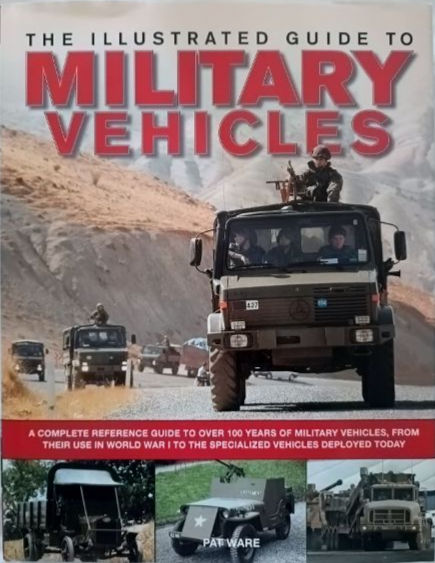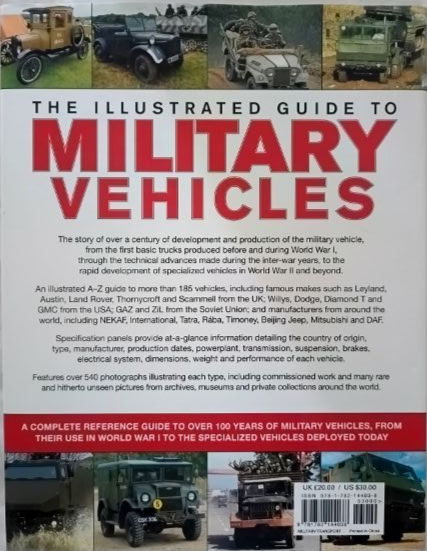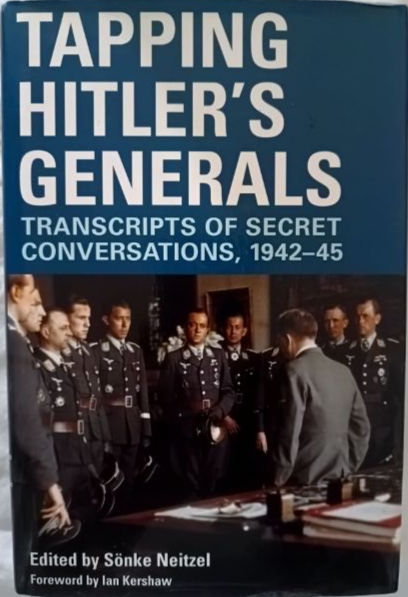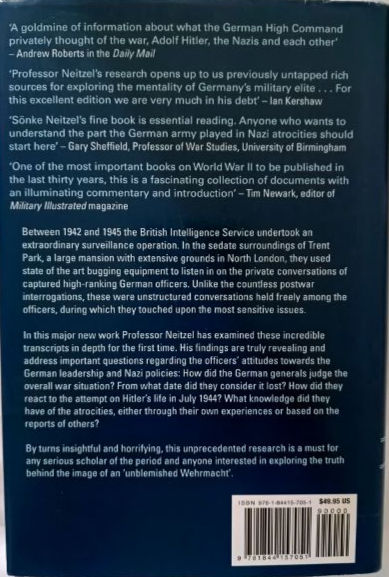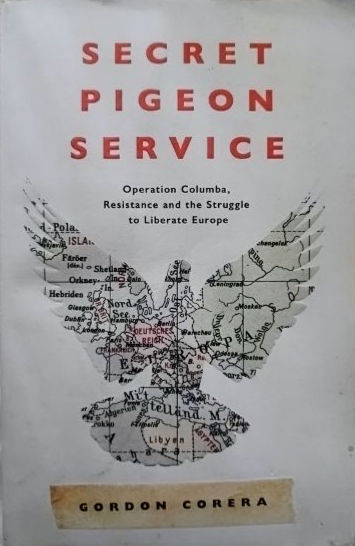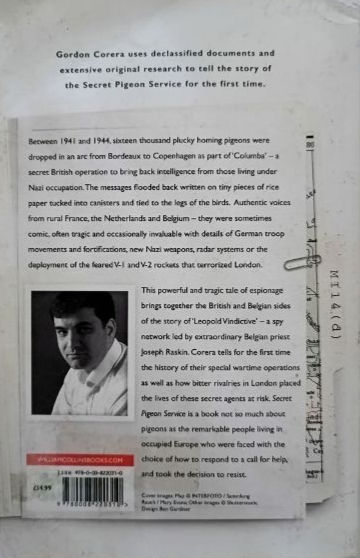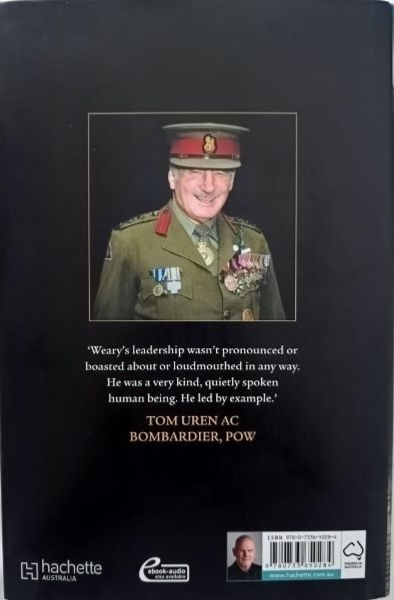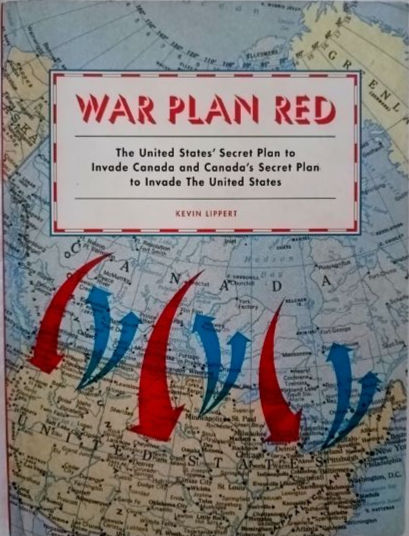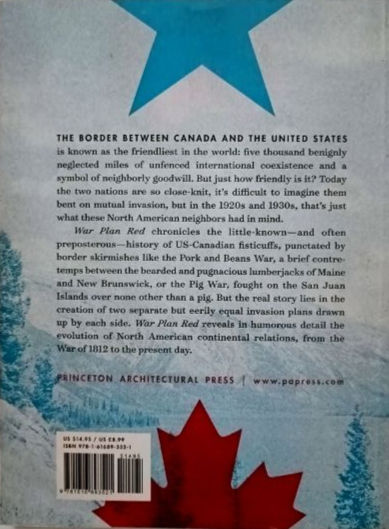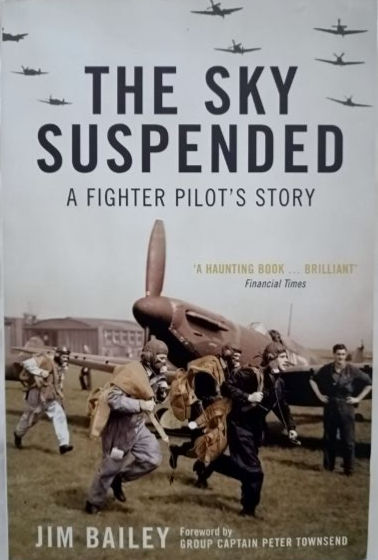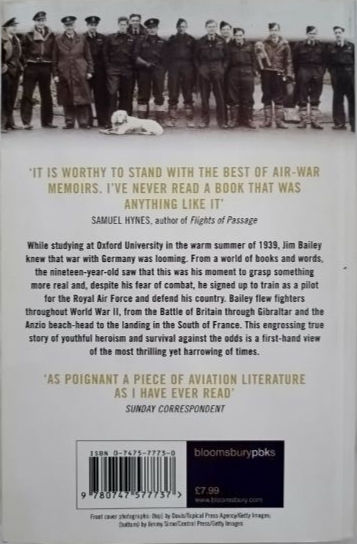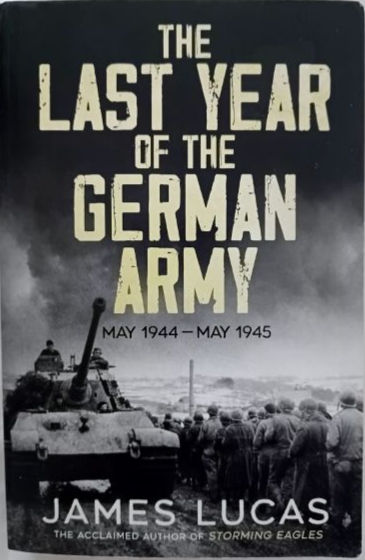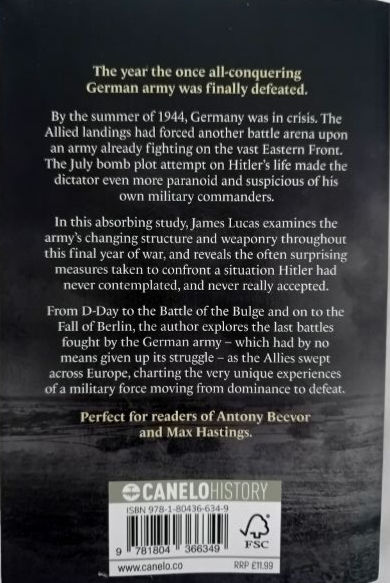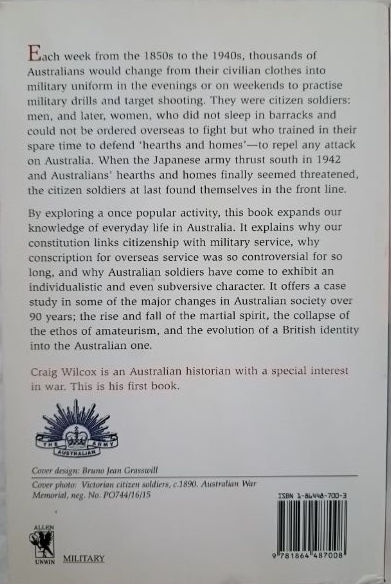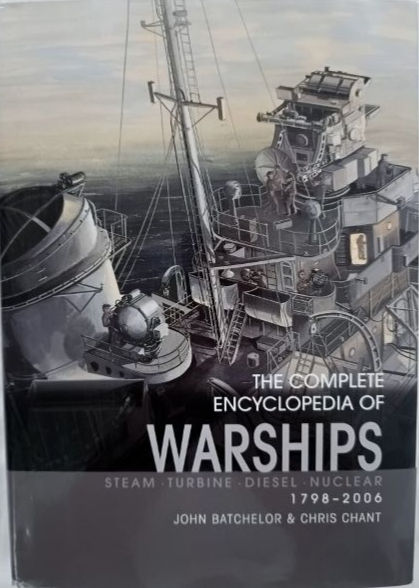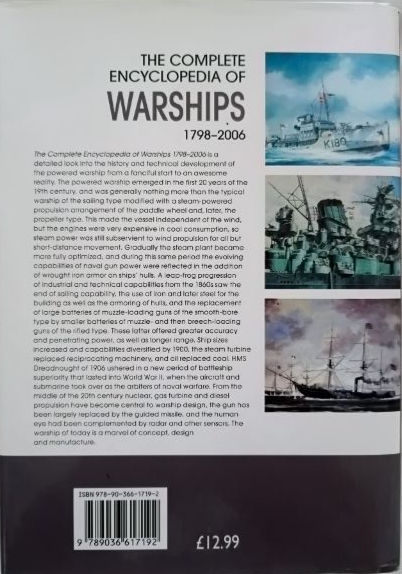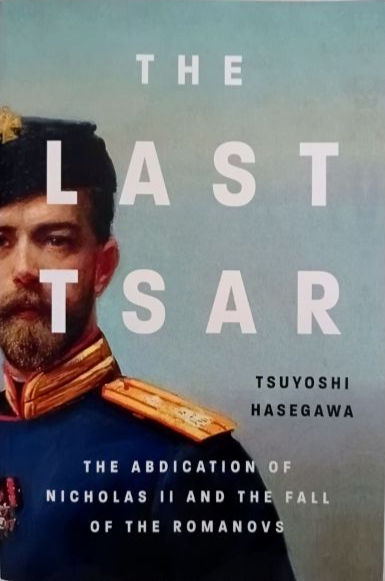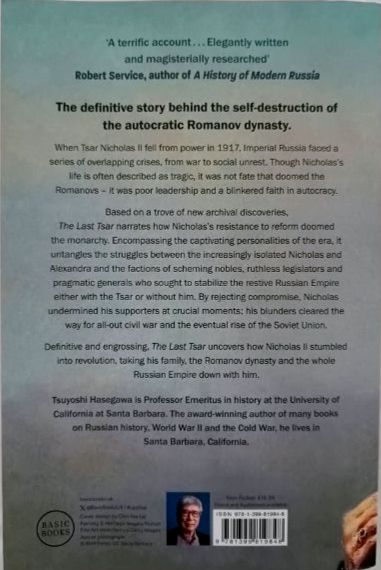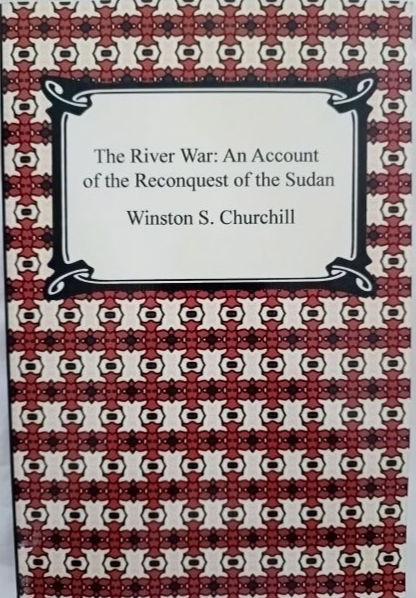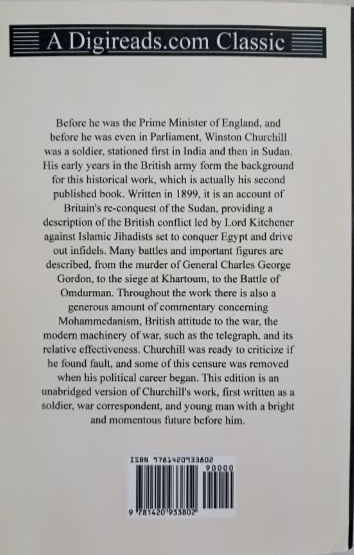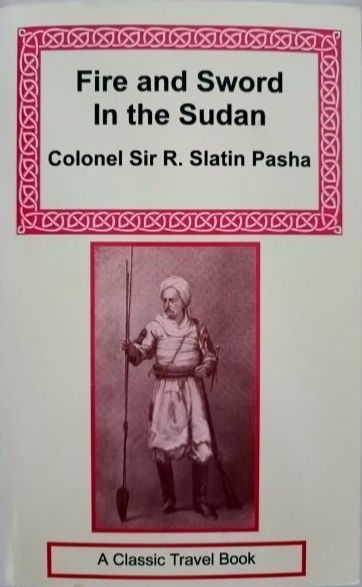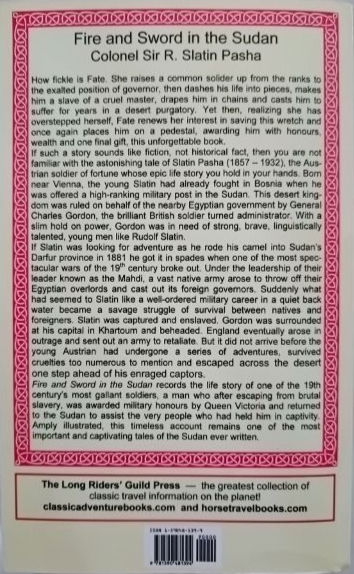Without Precedent (2016) By Owen Zupp
The first involvement Australia had with naval aviation was in 1911, when an Australian-born Royal Navy officer became one of the first four naval officers to receive pilot qualifications. During World War I, the Royal Australian Navy (RAN) experienced several forms of airborne operation, with HMAS Brisbane operating a seaplane, while HMA Ships Sydney and Australia were used for experiments with aircraft launch platforms. An aircraft embarked aboard Sydney was also involved in one of the first naval air battles. Several Australians also flew as part of the Royal Naval Air Service.
After the war's end, attempts to establish a naval aviation capability were met with opposition, and naval aviation fell under the control of the Royal Australian Air Force (RAAF). During the late 1920s and early 1930s, amphibious aircraft were operated from the seaplane carrier HMAS Albatross, with a new aircraft, the Supermarine Walrus, designed for operation from this platform. Albatross was removed from service in the mid-1930s, with the focus of naval aviation transferred to the RAN's five-ship cruiser force. Although useful for reconnaissance, improvements in carrier-based aviation and anti-aircraft defence saw the Walrus fall out of use during World War II. The impact of carrier aviation during the war prompted the foundation of a RAN-controlled Fleet Air Arm and the acquisition of two light fleet carriers, with the first, HMAS Sydney, entering service in 1948.
Sydney was the only non-US, non-UK aircraft carrier to be involved in the Korean War. The operation of a United States helicopter aboard Sydney during the war prompted the development of helicopter aviation in the Australian military. The RAN's second aircraft carrier, HMAS Melbourne, had encountered delays while upgrading to the latest technology, and the British aircraft carrier HMS Vengeance was loaned to the RAN from 1952 until 1955, when Melbourne was commissioned. Sydney was decommissioned and converted into a troop transport during the late 1950s, and the obsolescence of Melbourne's British-designed aircraft saw her reduced to helicopter operations until the mid-1960s, when new aircraft were purchased from the United States. Melbourne did not participate in the Vietnam War, although RAN pilots were used to support RAAF and United States Army helicopter units.
Following the decommissioning of Melbourne without replacement in the early 1980s, the Fleet Air Arm was reorganised to focus on helicopter operations from frigate-size ships, although fixed-wing aviation within the RAN continued with land-based aircraft used for patrols, electronic warfare training, transport, and hydrographic survey.
- Soft Cover
- 77 pages
- In Good Condition

